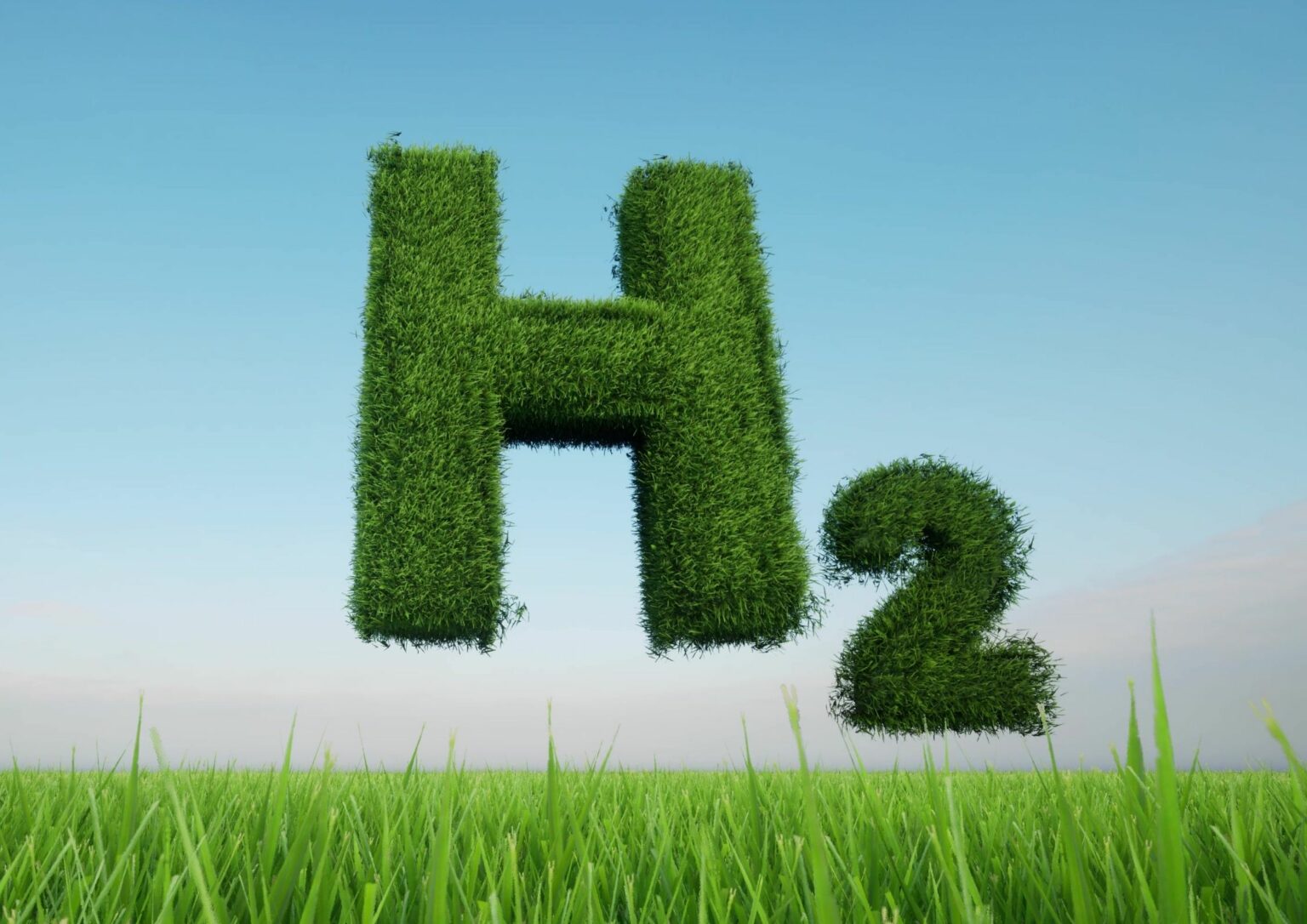The clean hydrogen revolution is gaining momentum, highlighted by a paradigm where waste — particularly waste heat — serves as an untapped frontier.
Approximately 9.4 MWth of waste heat, which equates to a substantial energy source, is shed by a 20 MWe green hydrogen production plant towards its end-of-life (EoL) operational stages. Typically viewed as expendable, this heat has the potential to be harnessed, turning a necessity into an asset, especially given the sophisticated integration of heat pump technologies.
A core challenge underscoring the hydrogen ecosystem is embedded within the market data: efficiency in electrolysis marks a downward trend, with initial efficiency of 73-78% at the electrolyser’s Beginning of Life (BoL), depreciating annually due to intrinsic voltage degradation. Intriguingly, European ambitions embed hydrogen deeply, intending a rise in its energy mix to 13-14% by 2050, up from an insignificant sub-2% today. The drive towards a reduction in hydrogen’s cost from the extant rate of 244.7 €/MWh also reflects a stark economic imperative tied to these efficiency gains.
The concept of leveraging a plant’s waste heat through heat pump integration introduces an unexpected insight. By upgrading waste heat through heat pump technologies, the plant’s efficiency theoretically surges to 90.1% at EoL — a considerable leap from current levels. Consequential improvements manifest not only through energy recapture but also as cost efficiencies; the modest payback period of 1.8 years juxtaposed against a favorable heat price renders the investment both technically compelling and economically viable.
Exploring this reframing of waste highlights an unexpected insight. Analysis indicates over 93% of the released waste heat originates from PEM electrolyser cooling circuits — a formidable repository of an assumed limitation now considered for revaluation. Such rewiring of strategy from disposal to utilization, viewed by some as a facilitative route towards grid-tied district heating networks, aligns well with broader European decarbonization goals, though realistic deployment requires meticulous strategic alignment.
By concluding that left over heat can be redeemed as hot water generation for district heating — generating up to 96,449 MWh/year at 90°C — the plant’s resource efficiency is unexpectedly augmented. While Europe’s Clean Hydrogen Alliance targets setting up 40 GWe of electrolysers by 2030, maximizing possible existing assets’ potential — including latent heat recovery — pits economic rationale with environmental targets optimistically.
In spotlighting the plant at Puertollano, Spain, as a living case study, the interplay of factors exemplifies broader technological narratives. Here, theoretical upsurges in hydrogen’s efficacy through systematic integration of heat recovery systems indicates profound upgrades in operational and financial matrices are possible. However, underlying the narrative are complex interdependencies — from the strategic necessity of cross-sector infrastructure planning to the socio-economic calculus involved in the comparative analyses of renewable versus fossil fuel dominance.
Skepticism remains rooted within the nuanced examination of the hype behind projected efficiencies. Realistically, while promising, the alignment of such green potential with commercial viability mandates scrupulous oversight and exacting implementation. Achieving these quoted numbers — with the futuristic pivot of zero CO2 footprint heat generation — must merge technological precision with policy wisdom and strategic vision.
Stay updated on the latest in energy! Follow us on LinkedIn, Facebook, and X for real-time news and insights. Don’t miss out on exclusive interviews and webinars—subscribe to our YouTube channel today! Join our community and be part of the conversation shaping the future of energy.
